Dopalevo Film Tablet 100/25/200 Mg
Dopalevo, a pharmaceutical marvel, emerges as a triad of active substances – levodopa, carbidopa, and entacapone, meticulously crafted to address the complexities of Parkinson’s disease.
| Dosage form | |
|---|---|
| Pack size | |
| Potency | 100/25/200 Mg |
| Manufacturer | |
| Origin | |
| Generic Name (Ingredient) | Levodopa 100 Mg Carbidopa 25 Mg Entacapone 200 Mg |
Assuming your emergency circumstances for this product, visit Urgent Quotation page. Besides, for any pharmaceutical questions, please ask us in the comments section.
Description
Ingredients
Within the confines of each Dopalevo film-coated tablet lies a carefully calibrated blend: 100 mg of levodopa, 25 mg of carbidopa, and 200 mg of entacapone. Beyond these active ingredients, a supporting cast of excipients, including croscarmellose sodium, magnesium stearate, maize starch, mannitol, and povidone, ensures the tablet’s efficacy and stability.
Mechanism of Action
Parkinson’s disease, a central nervous system disorder, unfurls its grip due to dopamine deficiency in specific brain regions. This neurotransmitter, dopamine, orchestrates fundamental motor functions like walking and talking.
Levodopa, the central protagonist in Dopalevo, ventures into the brain to replenish the dwindling dopamine reserves, restoring functionality. This infusion of dopamine equips individuals with enhanced motor control, facilitating everyday tasks such as dressing, walking, and meal preparation.
Dopalevo’s unique attribute lies in the inclusion of entacapone. This compound extends levodopa’s lifespan by thwarting the COMT enzyme, notorious for breaking down levodopa before it can reach the brain. This intervention translates into a surplus of levodopa reaching the brain, fostering more stable dopamine levels. The result? Improved symptom management, potentially enhancing the quality of daily life.
Indications
Dopalevo emerges as a beacon of hope for adult patients grappling with Parkinson’s disease and end-of-dose motor fluctuations that remain unaddressed despite Levodopa/dopa decarboxylase (DDC) inhibitor treatment.
Dosage
While specific dosage details for Dopalevo may remain elusive in our search results, an indomitable truth prevails: Any medication warrants strict adherence to the healthcare provider’s prescribed regimen.
Dopalevo Side Effects
Regrettably, our quest for comprehensive side effect information on Dopalevo proved unfruitful. Nonetheless, prudence dictates an unwavering commitment to dialogue with your healthcare provider, acknowledging the potential for side effects that may accompany any medication.
Precautions
Before embarking on a Dopalevo regimen, it’s imperative to acquaint yourself with the precautions and warnings entwined with this medication. Here’s a glimpse:
Overdose Vigilance: Should you inadvertently exceed the recommended Dopalevo dose, swift action is imperative. Seek emergency medical attention or contact the Poison Help line at 1-800-222-1222. Overdose manifestations may encompass weakness, loss of coordination, breathing difficulties, fainting, or even seizures.
Cognitive and Motor Prudence: Dopalevo possesses the potential to cloud cognitive acuity and impair motor skills. Exercise caution when undertaking activities demanding alertness, such as driving.
Gentle Rises: To avert dizziness, adopt a gradual approach when transitioning from sitting or lying positions to standing. This precautionary measure minimizes the risk of falls.
Dietary Considerations: Steer clear of iron supplements and high-protein diets while under Dopalevo’s influence. Such dietary choices can hamper the medication’s digestion and absorption, diminishing its effectiveness.
These precautions should serve as guiding beacons in your Dopalevo journey. Prioritize an earnest discussion with your healthcare provider to address any lingering queries or concerns.
Dopalevo Addiction
There exists no substantive evidence to substantiate claims of Dopalevo’s potential for addiction. This medication, a blend of levodopa, carbidopa, and entacapone, harnesses its prowess for the greater good. While dopamine, a neurotransmitter synonymous with reward and pleasure, is pivotal, Dopalevo’s application in Parkinson’s disease treatment veers far from addiction. Embrace Dopalevo’s therapeutic potential under the watchful gaze of your healthcare provider.
Libations and Dopalevo: A Delicate Balancing Act
The intersection of alcohol and Dopalevo warrants circumspection. Alcohol possesses the capacity to amplify levodopa’s nervous system side effects, manifesting as dizziness, drowsiness, and diminished concentration. For select individuals, cognitive functions may become compromised. As a general rule, prudence suggests minimizing or abstaining from alcohol consumption while navigating the Dopalevo treatment landscape. Prioritize personalized counsel from your trusted healthcare provider.
The Intricacies of Parkinson’s Disease: An Insight
Parkinson’s disease, a relentless and progressive movement disorder, unfurls its initial act as hand tremors, stiffness, or diminished mobility. Yet, as the condition advances, its tendrils extend to evoke a myriad of secondary health concerns, casting shadows on a person’s well-being.
Mood and Behavioral Quandaries: The journey through Parkinson’s often embarks with bouts of depression, the relentless struggle against physical symptoms, and the overwhelming sense of fatigue, anxiety, and fear.
Slumber Disruptions: The interplay of physical and emotional upheaval frequently begets irregular sleep patterns. Some wrestle with nocturnal awakenings, while others witness an alteration in their circadian rhythms, manifesting as early awakenings or daytime somnolence. The advent of REM sleep behaviors introduces further complexity to this realm.
Lethargy’s Embrace: A relentless triad of physical, emotional, and mental exhaustion can engulf an individual, eroding their vitality.
Cognitive Hurdles: The clarity of thought and aptitude for discerning responses may wane, particularly in the advanced stages of the condition.
Beyond these primary challenges, the secondary onslaught of Parkinson’s may encompass a spectrum of physical tribulations. These include difficulty swallowing, excessive drooling due to heightened saliva production, urinary control difficulties, constipation attributable to a decelerated digestive tract, sporadic blood pressure drops triggering dizziness, olfactory challenges, bodily pain either localized or pervasive, and diminished libido or sexual performance.
Crucially, it’s imperative to recognize that not every individual grappling with Parkinson’s disease will traverse the entire spectrum of these potential tribulations. Each challenge, though formidable, remains amenable to treatment via medication or therapeutic interventions.
Exploring the Causative Landscape
Parkinson’s disease, a relentless entity, heralds its presence through the initial tremor, rigidity, or motor lethargy. The precise etiology remains a mystery, with genetics and environmental factors choreographing a complex dance.
At its core, Parkinson’s disease orchestrates the gradual decline or demise of neurons within the brain. These neurons are tasked with dopamine production, a neurotransmitter that facilitates communication between brain regions controlling movement, speech, and other motor functions. The cascade of neuron loss results in depleted dopamine levels, fanning the flames of Parkinson’s symptoms.
While specific genetic mutations have been implicated in some Parkinson’s cases, they account for a minority, roughly 10 to 15 percent. The majority of individuals grappling with Parkinson’s remain untouched by these genetic variations.
The role of environmental influences looms large. Certain exposures, whether they be head injuries, geographic locations, or encounters with pesticides, weave an intricate tapestry of Parkinson’s risk factors. While some elements may decrease the disease’s risk, others serve as potential accelerants.
In sum, Parkinson’s disease emerges as the confluence of genetic predisposition, environmental exposures, and lifestyle factors. Their interplay culminates in the orchestration of this formidable condition.
Conclusion
In closure, Dopalevo stands as a beacon of hope in the Parkinson’s domain. Its triumvirate composition, bridging levodopa, carbidopa, and entacapone, promises augmented symptom control and an improved quality of life.
Yet, uncertainties enshroud medication side effects and dosing, underscoring the indispensable role of unwavering healthcare provider guidance. Beyond Dopalevo, Parkinson’s disease unfurls a multifaceted realm of challenges, encompassing diverse symptoms and etiological complexities. As the pursuit of therapeutic advancements continues, the quest to alleviate the burden of Parkinson’s remains an enduring mission.
Use the form below to report an error
Please answer the questions as thoroughly and accurately as possible. Your answers will help us better understand what kind of mistakes happen, why and where they happen, and in the end the purpose is to build a better archive to guide researchers and professionals around the world.
The information on this page is not intended to be a substitute for professional medical advice, diagnosis, or treatment. always seek the advice for your physician or another qualified health provider with any questions you may have regarding a medical condition. Always remember to
- Ask your own doctor for medical advice.
- Names, brands, and dosage may differ between countries.
- When not feeling well, or experiencing side effects always contact your own doctor.
Cyberchondria
The truth is that when we’re sick, or worried about getting sick, the internet won’t help.
According to Wikipedia, cyberchondria is a mental disorder consisting in the desire to independently make a diagnosis based on the symptoms of diseases described on Internet sites.
Why you can't look for symptoms on the Internet
If diagnoses could be made simply from a textbook or an article on a website, we would all be doctors and treat ourselves. Nothing can replace the experience and knowledge of specially trained people. As in any field, in medicine there are unscrupulous specialists, differences of opinion, inaccurate diagnoses and incorrect test results.

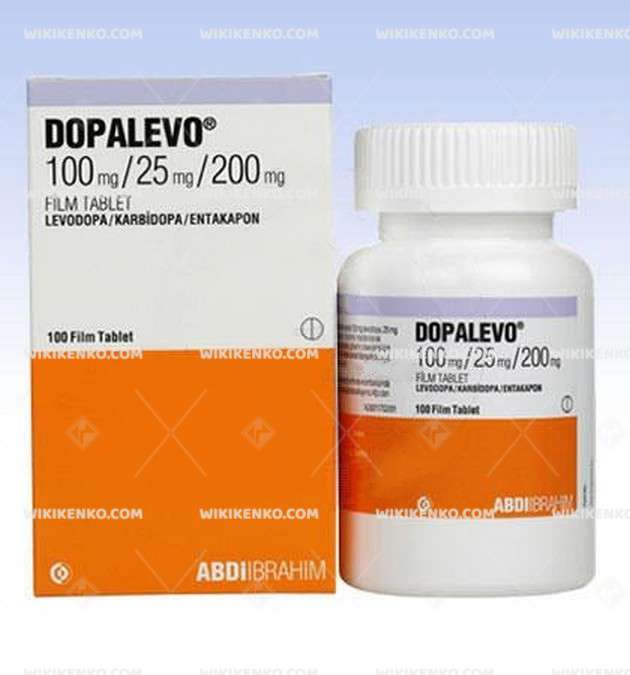
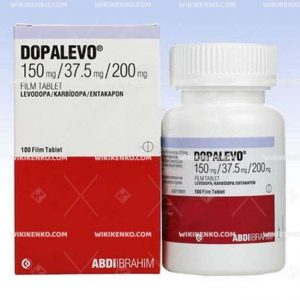
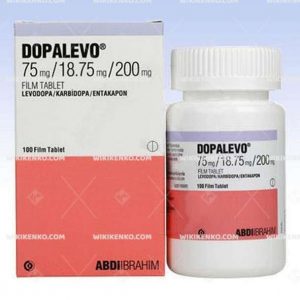
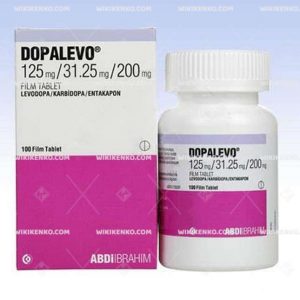

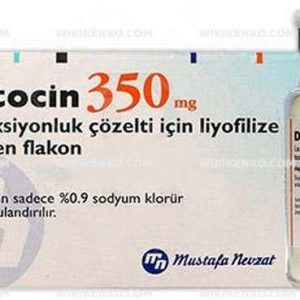
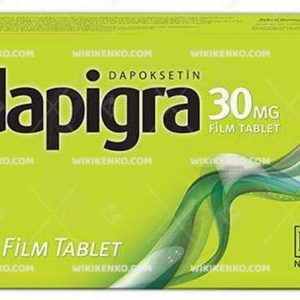
Reviews
There are no reviews yet.